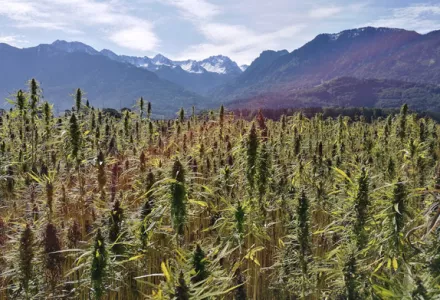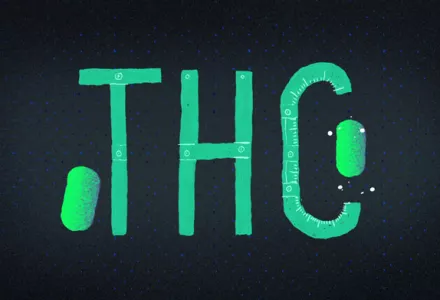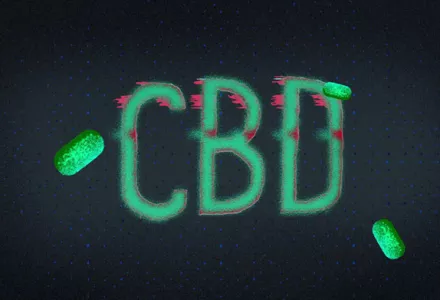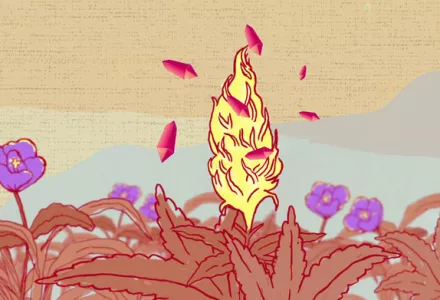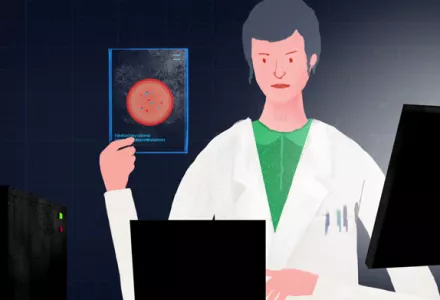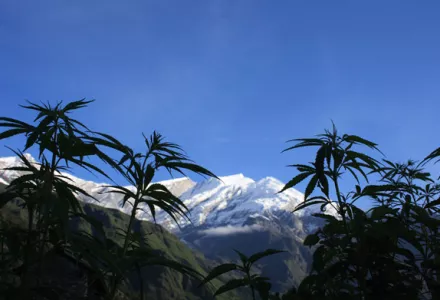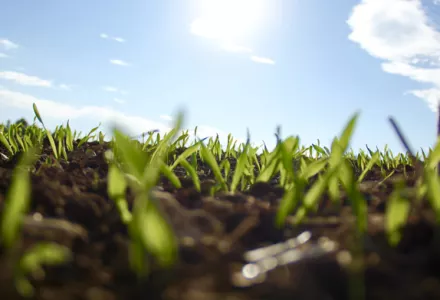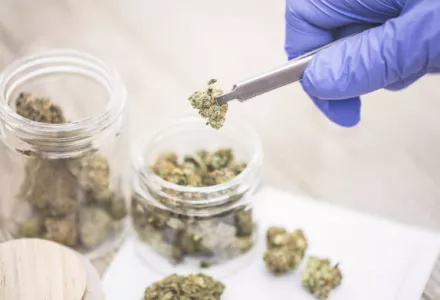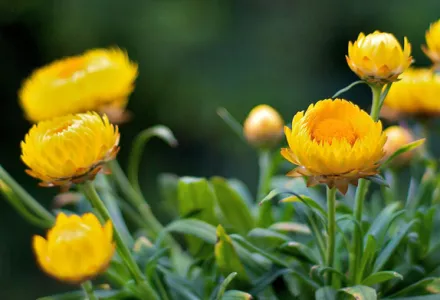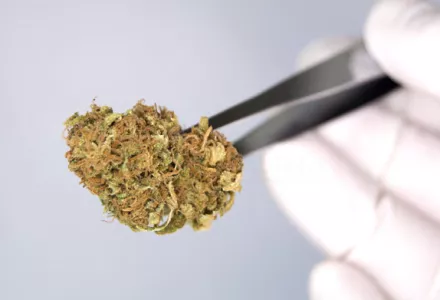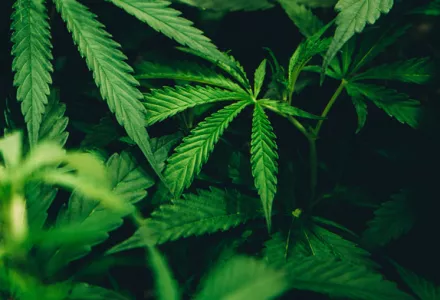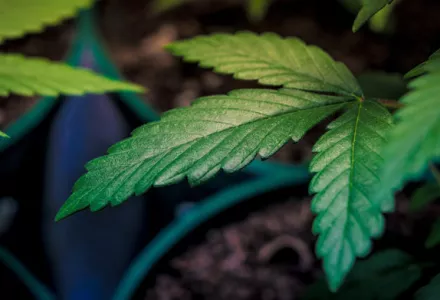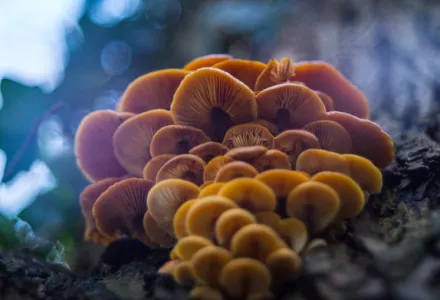Today's harvests demand more resources than ever in relation with everything to do with irrigation water, fertilizers and plant protection agents. The fundamental reason is that a large part of our cultivation is concentrated on relatively short time intervals, which does not allow the harvests to reach an ecological balance.
In addition, awareness is growing that recognizes this mode of cultivation does not respect the environment, since it is harmful to the natural systems of our planet in a lot of ways. However, we have become dependent on such demanding and productive harvests because there are so many mouths to feed, a demand that will not stop increasing, given that the human population is not expected to decrease. In spite of that, we're not exactly concerned with the fate of humanity or with how we can avoid catastrophe, but we limit ourselves to to discuss only how to prolong our existence.
This article is about a very interesting way to continue to reduce the resources that harvests require without losing a lot of productivity in terms of yield. This method could also benefit our planet, since it would drastically change the way we cultivate our crops..
Agriculture is, without a doubt, man's greatest invention since the discovery of fire and, just like fire, agriculture has changed our lives beyond any prediction. Before agriculture existed, man was nomadic and gathered food as well as other materials derived from animals and plants, but with the introduction of agriculture, we began to establish settlements with a certain permanence. The first farmers selected the best animals and plants for reproduction, and that is why the concept of reproduction is intimately linked to agriculture. The development of crops with high energy content, such as cereals (e.g. rice, corn) or root crops (e.g. potatoes, sweet potatoes), favoured the growth of large cities and complex civilizations. It was then that the "history" actually began, as we began to be able to leave a written record of it.
For millennia, generations of farmers have developed the harvests we know today, but in the last few hundred years a large number of changes have taken place, including the arrival of new species from other continents. Likewise, monoculture was made possible thanks to mechanization, chemical fertilizers and pesticides, resulting in higher yields. In the last few fifty years, with soil-less cultivation and the control of temperature and the lighting in greenhouses, both inputs and outputs have increased even more.
Today, just as at the dawn of agriculture, those who are dedicated to cultivating plants find themselves in a continuous search for specimens that can grow rapidly and produce a high yield.
Not only is it efficient to cultivate within a short growing cycle, but also the cultivation is a lot faster with these specimens. With this in mind, it is logical that many of today's harvests, and especially those with the high energy content on which we depend so much, would be harvests with a short growing cycle; these harvests have one or more life cycles per year and are framed within conventional agriculture.
However, the majority of plants in nature are perennial, so it is only in agriculture that they cease to be so. Thirty years ago, man took another big step forward when he made possible the transfer of genetic information from one organism to another. Suddenly, not only could we modify the genetic code of an organism (even using the genetic code of other species), but we could also read it. Being able to read the genetic code meant that now we would never again have to cultivate endless generations to select for characteristics we want to. Now, if the genetic code of the desired characteristic is known, a producer can preselect the candidate plants for that gene. In this way we can save a lot of time and we only need to grow a few plants instead of hundred of them, and that way the producer can filter more plants according to their characteristics.
Using these methods, producers can achieve their results more quickly, which has enabled the agriculture of conservation to take on a more practical character in agriculture. Until very recently, all this was nothing more than a theory, due to the elevated cost of DNA sequencing, however, today the sequencing of DNA is a standard tool that all plant-breeding companies can use. What are the benefits of conservation agriculture vs. conventional agriculture? Conservation agriculture does not require as much input as conventional agriculture, which is due to several factors.
One of them is that after the first year the harvest has already been established and, from that moment on, plants only need energy to sustain themselves and grow again after a period of cold or drought, so the farmer won't need to plow the land and sow again. The soil remains covered with the remains of the last harvest during the winter to prevent erosion. In addition, the roots of this type of crop are better at preventing substances such as nitrogen from polluting the environment and reduce the need for irrigation during the summer.
There are many misunderstandings and prejudices regarding this type of crop of the future. It is frequently compared to conventional agriculture, one recurrent objecting being that conservation agriculture represents a major obstacle to crop rotation, because they remain for more than a year in the same place and, because of this, pests and disease become a major threat. This certainly happens when a crop is cultivated year after year in the same piece of land - research has shown that during the first few years diseases will appear- however, after a decade, the soil reaches equilibrium, which means that opportunistic species such as herbs many pathogens will not be able to invade that space as easily, leaving the crop free from problems related to the soil.
Due to the fact that conservation agriculture does not open up its door to these opportunists every year, a state of equilibrium is achieved more quickly.
In fact, the idea of this new type of crop is very similar to the concept of the permanent pasture, which, in comparison with the conventional cultivation of grain, barely suffers from this type of problem. If we could replace our main conventional crops with a conservation agriculture that maintained the same yield, it would save us a lot of money and, at the same time, we'd be practising a more environmentally friendly approach to agriculture. However, there is no doubt that human beings will look for ways to obtain greater profits yet. Another characteristic of this model of agriculture is that the crops grow better than conventional crops in circumstances that are far from optimal, which implies that they can grow in places where it is not possible to grow them at present. It seems that the idea of replacing conventional agriculture with conservational agriculture will soon become a reality. Analogies to the conservation of conventional agriculture know exist even in nature.
In addition, the first phytoculture programs to replace conventional harvest of wheat and rice have been developed, putting us already in the process of creating these new harvests with new technology that would allow us to sum up thousands of years of cultivation in the course of a single lifetime. And, if you're sceptical about as to whether it is possible to find enough of these perennial variants, it will surprise you to know that some crops are cultivated by the conventional method when, in reality, these crops are suitable for conservational cultivation. Examples of such crops are broccoli, chives, tomatoes, aubergines, peppers and chilli peppers. There are not only alimentary crops in this category, but also some that are valued as a non-food products.
Humanity is so accustomed to conventional agriculture that frequently the benefits of conservation are overlooked. But the truth is that to maximize these benefits we should drastically change the way we cultivate. Technically, the reproduction of new conservation harvests or the creation of new systems for these do not pose such a challenge. What's more, remaining with crossed arms and continuing with the same way of cultivation that, up to now, has involved significant inconveniences considering that investing in the development of new methods of cultivation could bring significant benefits.

